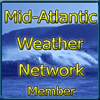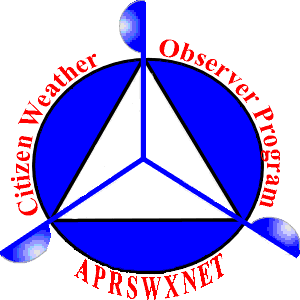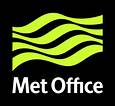Winter Prediction Season is from September 15 through May 15
| NWS Heavy Snow Discussion |
Warning: Undefined array key 1 in /home2/satellitecop/public_html/wxpqfpfp-h5loops.php on line 159
Warning: Undefined array key 1 in /home2/satellitecop/public_html/wxpqfpfp-h5loops.php on line 160
Heavy Snow Forecast Discussion
No Record Report Currently Available
| Record Report from: NOAA-NWS |
| Script developed by: El Dorado Weather & modified by: SE Lincoln Weather |





